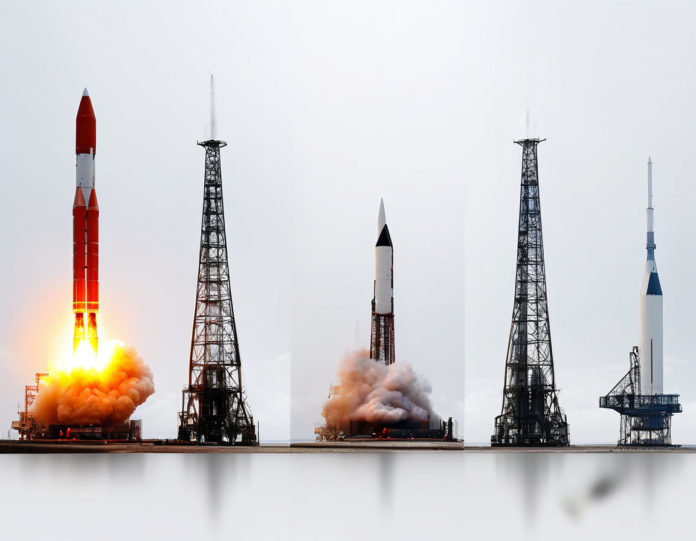Rocket launch photography and videography is rapidly becoming a specialized and exciting field, combining the thrill of space exploration with the art of capturing awe-inspiring images. As space missions become more frequent and accessible, the demand for stunning visuals of rockets blasting off into the sky has grown, attracting both professional photographers and enthusiastic amateurs alike. Let’s explore what makes this field so captivating and the techniques and technologies that are driving its growth.
The allure of rocket launch photography
Capturing a rocket launch is a unique challenge that requires both technical skill and a deep understanding of the dynamics of a launch. The power, speed, and sheer spectacle of a rocket lifting off make it an irresistible subject for photographers. Whether it’s the dramatic billowing of smoke and flames or the stark contrast of a rocket against the sky, these moments offer unparalleled opportunities for stunning imagery.
Techniques and challenges in rocket launch photography
Photographing a rocket launch isn’t as simple as pointing a camera at the sky. It involves careful planning, precise timing, and the right equipment. Here are some of the key techniques and challenges:
- Location and timing: Choosing the right location is crucial. Photographers often scout locations well in advance to find the perfect spot that offers a clear view of the launch pad. Timing is equally important; capturing the moment of liftoff requires understanding the exact launch schedule and being ready for any last-minute changes.
- Camera settings: Rocket launches happen quickly, so photographers need to use fast shutter speeds to freeze the action. High ISO settings are often necessary to capture the bright flames against a dark sky, while a wide aperture helps to let in more light. However, these settings must be balanced to avoid overexposure, especially given the intense brightness of the rocket’s exhaust.
- Remote cameras: To get up-close shots of the launch, photographers often use remote cameras placed near the launch pad. These cameras are triggered by sound or radio signals and are designed to withstand the extreme conditions of a launch, including intense heat and vibrations.
- Long-exposure shots: For a different perspective, photographers sometimes use long-exposure techniques to capture the trail of the rocket as it ascends into the sky. These images can create beautiful, almost surreal patterns of light against the backdrop of the stars.
Videography: capturing motion and sound
While photography captures the still moments of a rocket launch, videography adds the dimension of motion and sound, bringing the experience to life. The roar of the engines, the rising plume of smoke, and the gradual disappearance of the rocket into the sky all contribute to a powerful narrative.
- High-Speed cameras: Videographers often use high-speed cameras to capture the rapid sequence of events during a launch. These cameras can record at thousands of frames per second, allowing viewers to see details that would be missed by the naked eye, such as the ignition sequence or the separation of rocket stages.
- Drone footage: Drones have opened up new possibilities for rocket launch videography, providing dynamic aerial views that were previously impossible to achieve. Drones can follow the rocket from a distance, offering a bird’s-eye view of the launch and the surrounding landscape.
- 360-degree videos: For an immersive experience, some videographers are experimenting with 360-degree videos. These videos allow viewers to explore the launch from multiple angles, creating a sense of presence as if they were standing right at the launch site.
The growing community and industry
As interest in space exploration continues to grow, so does the community of rocket launch photographers and videographers. Online forums, workshops, and social media groups provide platforms for enthusiasts to share tips, discuss techniques, and showcase their work.
Moreover, the commercial space industry has recognized the value of high-quality visuals in building public interest and support. Companies like SpaceX, Blue Origin, and Rocket Lab often collaborate with photographers and videographers to document their launches, using the footage for promotional purposes and to engage with their audience.
The growing field of rocket launch photography and videography is a testament to the enduring fascination with space exploration. It blends art and technology, offering a way to capture and share the excitement of space missions with the world. As rocket launches become more frequent and accessible, this field will likely continue to evolve, driven by innovation and a shared passion for documenting humanity’s journey into the cosmos. Whether through a stunning still image or a thrilling video, these visual records serve as powerful reminders of the extraordinary achievements we are witnessing in our exploration of space.













